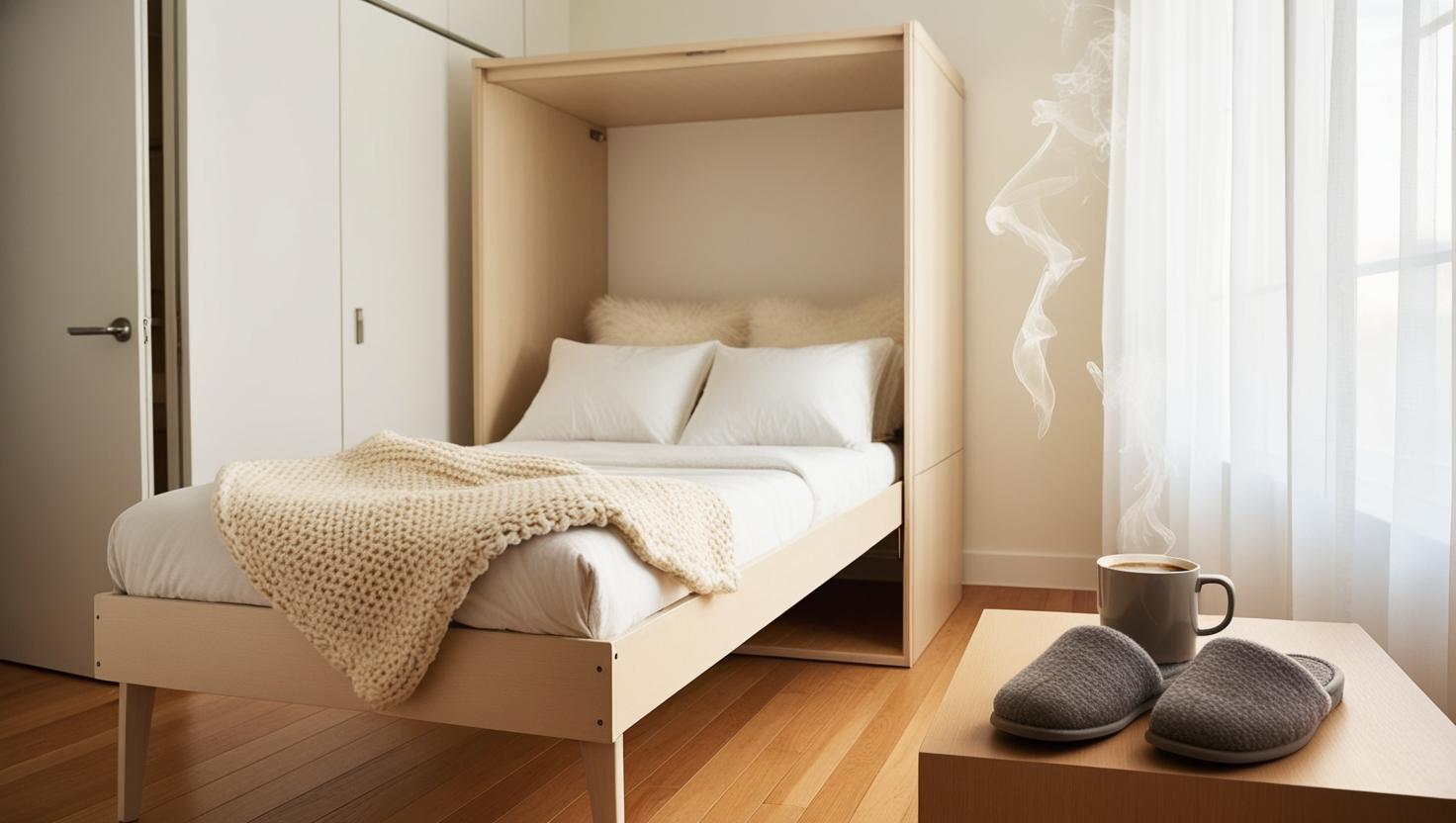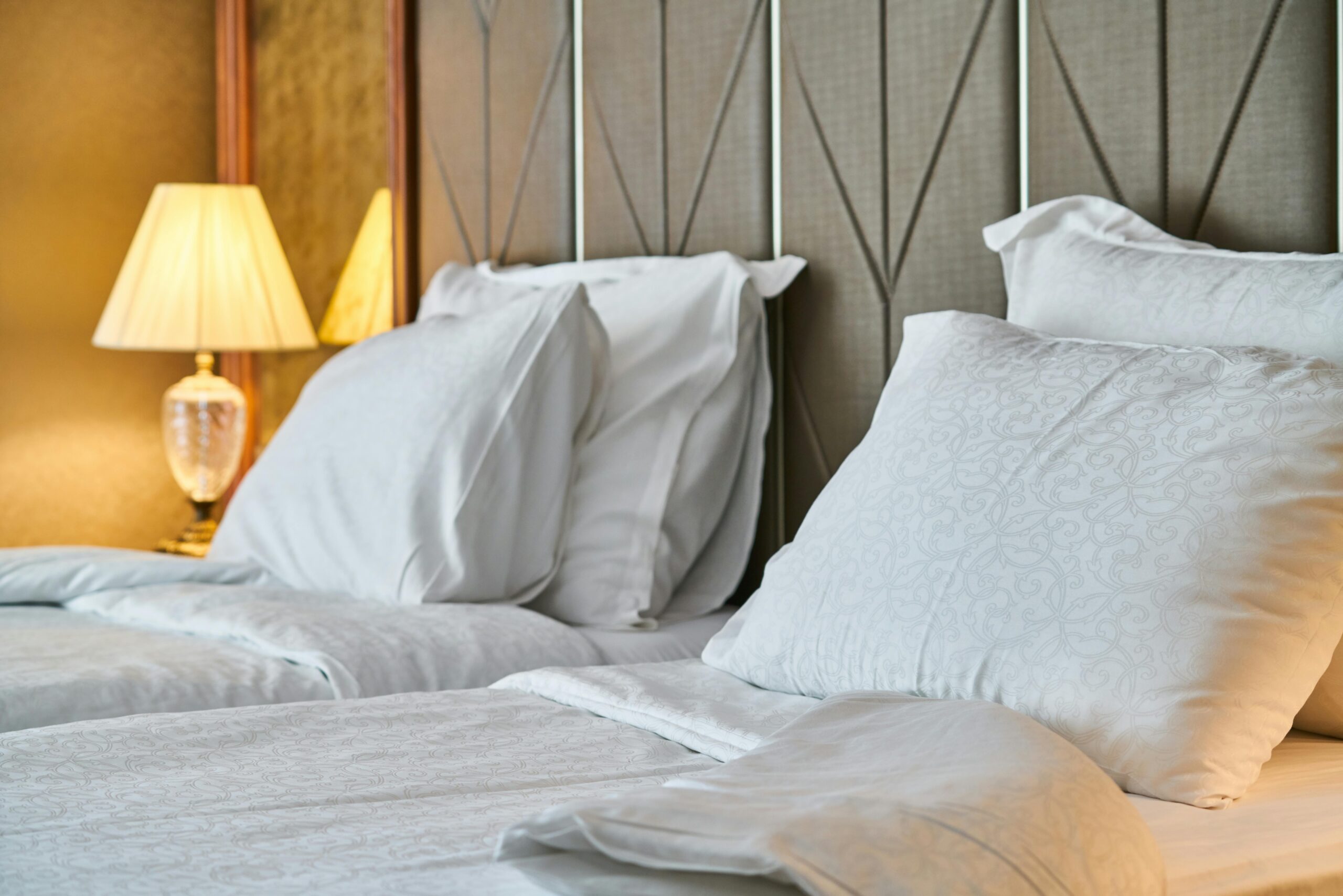Mattress for Murphy Bed
Finding the perfect mattress for Murphy bed doesn’t have to be a puzzle. This guide dives into the top mattress options, practical buying tips, and real-world reviews—so your fold‑away setup stays comfy, sleek, and built to last.
Key Takeaways
- Stay within 8–12″ thickness and ≤ 70 lb (queen) for smooth folding.
- Memory foam and low‑profile hybrids resist sagging and are lighter than coils.
- Medium‑firm is the “Goldilocks” zone—supportive without being stiff.
- Top rated picks: Nectar Classic (memory foam), DreamCloud Classic Hybrid, Helix Midnight.
- Always verify your Murphy bed’s max mattress specs and weight limits.
- Benign weight preserves the bed’s mechanism and extends lifespan.
- Choosing wrong risks warranty voids and folding issues.
Why This Matters
A Murphy bed folds vertically into a wall operator, which sets specific demands on the mattress’s thickness, weight, and flexibility. Choose incorrectly and you might face stiff closing, mechanism strain, sagging, or even structural damage.
For more on compact sleep setups, see our foldable bed frame guide. A lightweight, resilient mattress ensures your Murphy mechanism stays friction‑free and fold‑ready.
As Casa Kids highlights, Murphy beds are the ultimate space-saving furniture—especially when paired with the right mattress for durability and comfort.

What to Look For in a Mattress for Murphy Bed
Thickness (8–12″)
Most Murphy beds can handle up to 12″. Go thinner (8–10″) to avoid jamming mechanisms. Measure your cabinet depth and follow manufacturer specs precisely. If you’re unsure what mattress specs to look for, see our comprehensive mattress selection guide.
Weight & Material
Foam and low-profile hybrid mattresses are lighter than traditional innerspring models. Keeping under ~70 lb (queen) prevents overloading your bed’s lift system and eases daily folding. Learn more about material trade-offs in our memory foam vs latex vs innerspring comparison.
Flexibility & Resilience
Memory foam and hybrids bounce back quickly after folding. Avoid traditional springs, which may sag at the fold seam after months stored upright. If you’re a side sleeper looking for comfort and flexibility, don’t miss our guide for side sleepers.
Medium-Firm Comfort
Medium-firm mattresses (6–7/10) offer broad appeal—from back to side sleepers. The DreamCloud Classic Hybrid scores ~6.5 on firmness. Always check trial periods so guests can test at home. For general firmness tips, see how to match a mattress to your sleep quality goals.

Expert‑Backed Top Picks
- Nectar Classic Memory Foam (12″, medium‑firm)
– 12″ depth fits most Murphy enclosures.
– Outstanding edge support & motion isolation praised by SleepAdvisor and Tom’s Guide.
– 365-night trial + lifetime warranty. - DreamCloud Classic Hybrid (≈14″ but flexible)
– Rated medium-firm (~6.5/10) with solid bounce, cooling, and edge support.
– Praised by Architectural Digest as best hybrid for Murphy beds.
– Excellent value with luxury feel and strong performance metrics. - Helix Midnight (Hybrid, medium)
– Ideal for side sleepers; flexible coils handle vertical storage well.
– Customizable profiles and good cooling make it a versatile guest/primary option.
Real‑World Experience
“We use a Siena memory foam mattress in our Murphy bed, and guests love it. It folds easily and sleeps great.” – Reddit user

Maximize Space with Smart Furniture
Modern Murphy bed designs not only help save space—they transform entire rooms. The UK Murphy bed revolution showcases how compact living has driven design innovation in multi-functional furniture.
Even better, today’s Murphy systems come with seamless finishes and storage integrations. According to Wallbeds.co.uk, space-saving beds can turn a cluttered spare room into a dual-function guest suite or home office.
Also, choosing the wrong product can be costly. Don’t miss our list of common mattress buying mistakes to avoid—especially when selecting for specialty furniture like Murphy beds.
Hot sleepers? You’ll want something breathable even in a cabinet setup. Check our picks for the best cooling mattresses for 2024.
FAQs About Mattress for Murphy Bed
- Can I use any regular mattress?
- No. It must be ≤12″ thick, lightweight, and flexible—otherwise alignment and folding suffer.
- Do I need a special Murphy mattress?
- No, just the right specs. Many foam or hybrids work well—focus on build quality and flexibility.
- What firmness is best?
- Medium‑firm (around 6–7/10) works for most people and won’t compress awkwardly when upright.
Choosing the right mattress for Murphy bed ensures smooth folding, optimal comfort, and long-term reliability—no sagging, no storage issues, just peaceful sleep and smart space use.
FAQ
- Q: How thick can a mattress be?
- A: Most Murphy beds handle up to 12″; 8–10″ is safer for folding and clearance.
- Q: What about mattress weight?
- A: Aim for ≤70 lb queen; foam or low‑profile hybrids stay lighter and reduce mechanism stress.
- Q: Are spring mattresses okay?
- A: Generally no—they don’t flex easily and can sag at fold points. Opt for foam or flexible coil hybrids.






